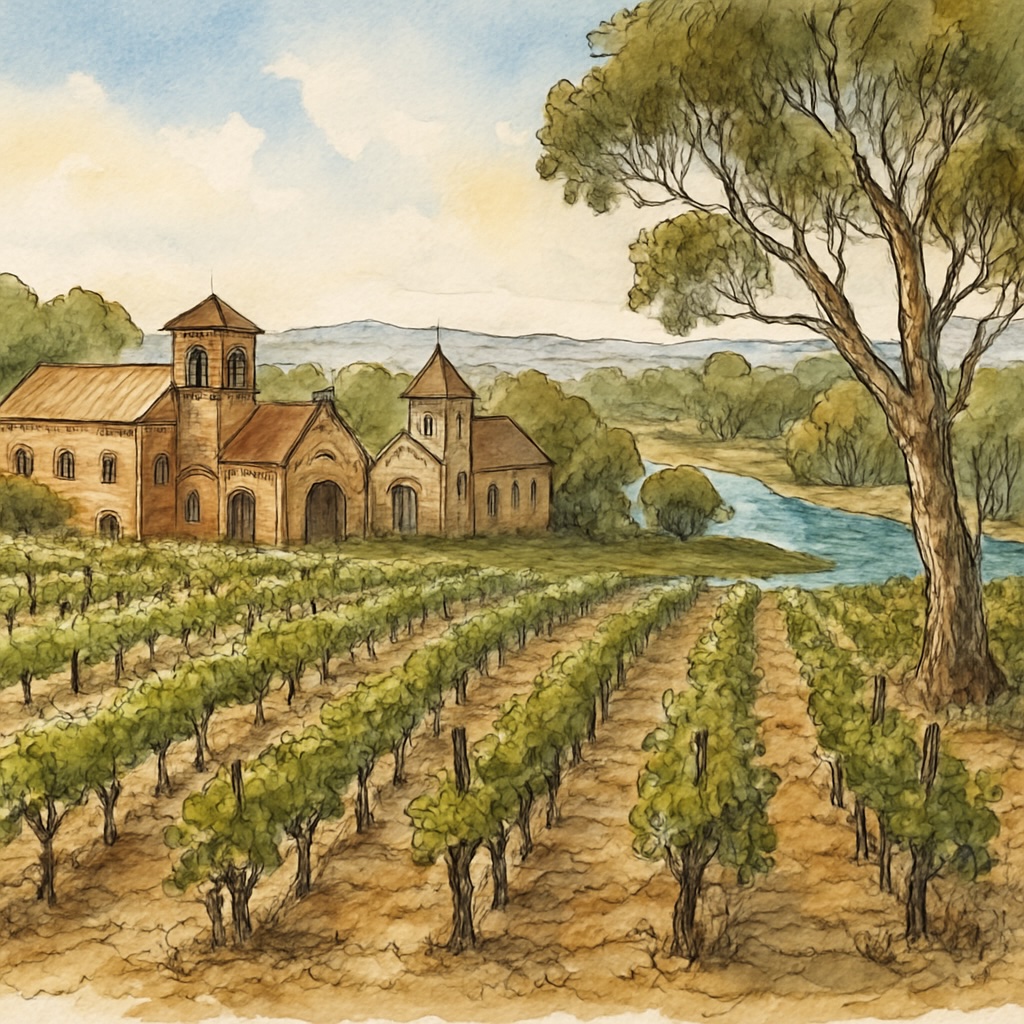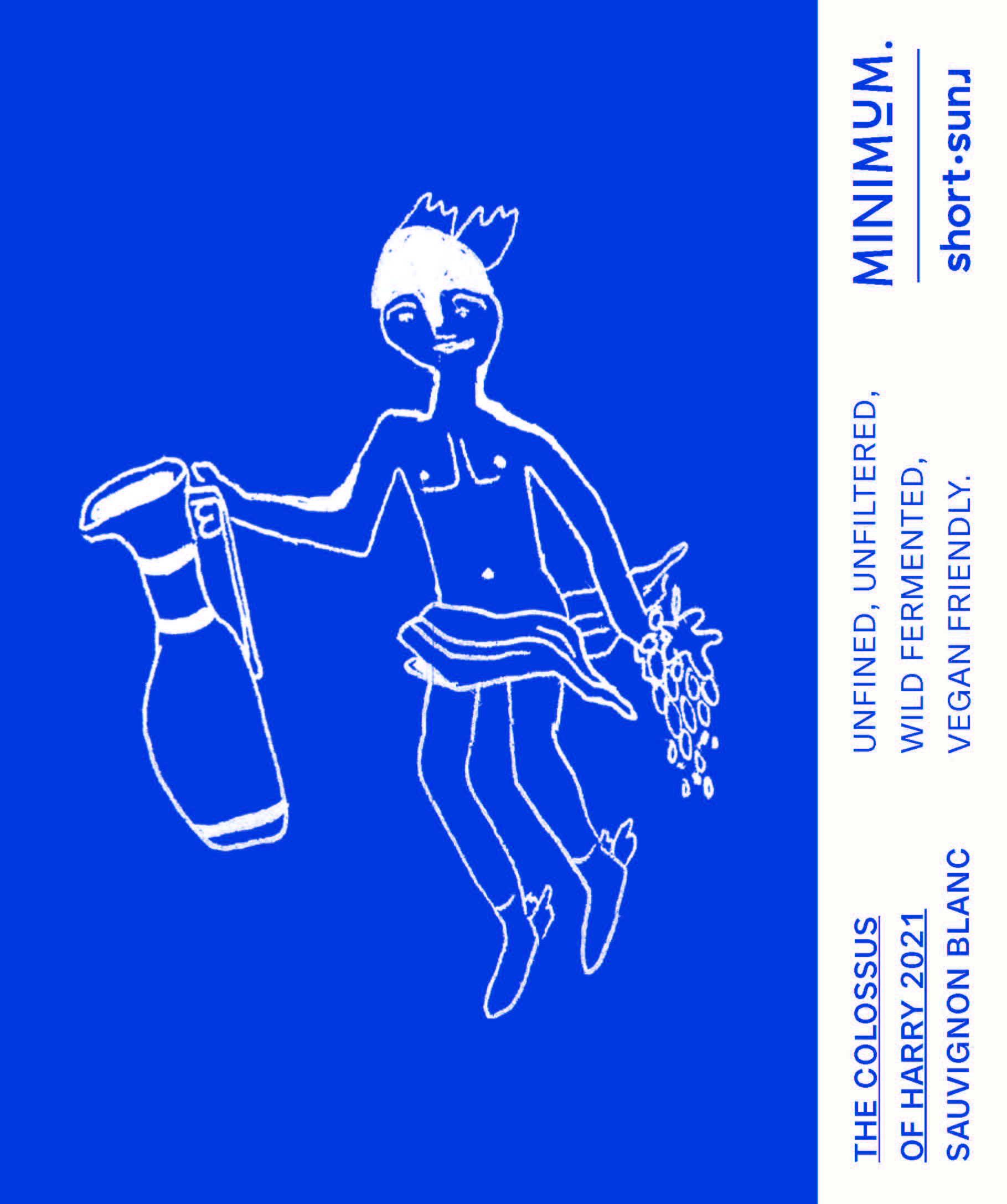Terroir of Goulburn Valley
The Goulburn Valley enjoys a warm, continental climate, with hot summers and mild winters. Its long, sunny growing seasons are perfect for growing ripe, flavorful grapes. The valley's inland location causes big temperature changes between day and night, which helps keep the fruit's acidity and balance. While frost can happen, the valley's lakes and reservoirs help moderate temperatures, making irrigation essential during dry summers.
The region's soils are diverse, featuring alluvial sands, gravels, and silt loams over clay, enriched by iron oxides. In the Nagambie Lakes subregion, "duplex" soils with gravelly topsoil over clay affect vine growth and flavor complexity. The Goulburn River and its water bodies are vital to the area's farming success, emphasizing the importance of water in this inland wine region.
Notable Wineries in Goulburn Valley
Nestled in the heart of Victoria, the Nagambie Lakes area within the Goulburn Valley is home to several notable wineries, each offering a unique taste of the region's rich viticultural heritage. Among them, Tahbilk stands out as one of the oldest, founded in 1860. It's renowned for its historic cellars and ancient Marsanne vines, producing classic varietals like Shiraz and Cabernet. Mitchelton Wines is another key player, known for its extensive vineyards and popular cellar door experiences. Offering a diverse selection, including Shiraz and sparkling varieties, it also features a restaurant and accommodation.
Beyond these iconic estates, the valley boasts a collection of smaller, family-run wineries. These producers embrace both traditional and modern grape varieties, offering relaxed and authentic cellar-door experiences that showcase the region's agricultural roots.
Sustainable Winemaking in Goulburn Valley
In the warm, continental climate of Goulburn Valley, sustainability is a key focus for wine producers. Drip irrigation systems, guided by soil moisture and plant stress indicators, help conserve water in this hot, dry region. Many wineries recycle wastewater and collect stormwater to further enhance water efficiency.
To enrich soils and support biodiversity, cover crops and permanent grasses are widely used, with efforts to preserve native vegetation corridors. Renewable energy is embraced through solar power and energy-efficient systems, while carbon reduction is promoted by large-scale native replanting projects.
Sustainable Winegrowing Australia certifies many producers, encouraging organic and biodynamic farming methods. Waste recycling is also prioritized, with pomace and lees composted or used as animal feed. By adopting lightweight bottles and alternative packaging, the region aims to reduce its carbon footprint, ensuring a sustainable future for Goulburn Valley wines.
Wine Tourism in Goulburn Valley
The Goulburn Valley wine region offers a rich tapestry of wine tourism experiences, with its scenic landscapes and diverse activities. Nestled along the Goulburn River, the area is known for its scenic wine tastings, where visitors can enjoy views of the Nagambie Lakes and historic wineries like Tahbilk. Outdoor enthusiasts can blend wine tasting with cycling, kayaking, or birdwatching along the wetlands.
The region hosts numerous events and festivals, celebrating its vibrant wine culture and local produce. This includes harvest festivals and music nights, showcasing the valley's wines alongside fresh fruits and artisanal products.
Accommodations range from cozy cottages to boutique lodgings, offering a farm-to-table experience with local produce like cherries and olives. Wine tourism here extends beyond vineyards, inviting exploration of local attractions such as Shepparton’s markets and the foothills of the Great Dividing Range, enhancing the laid-back, genuine feel of the region.






